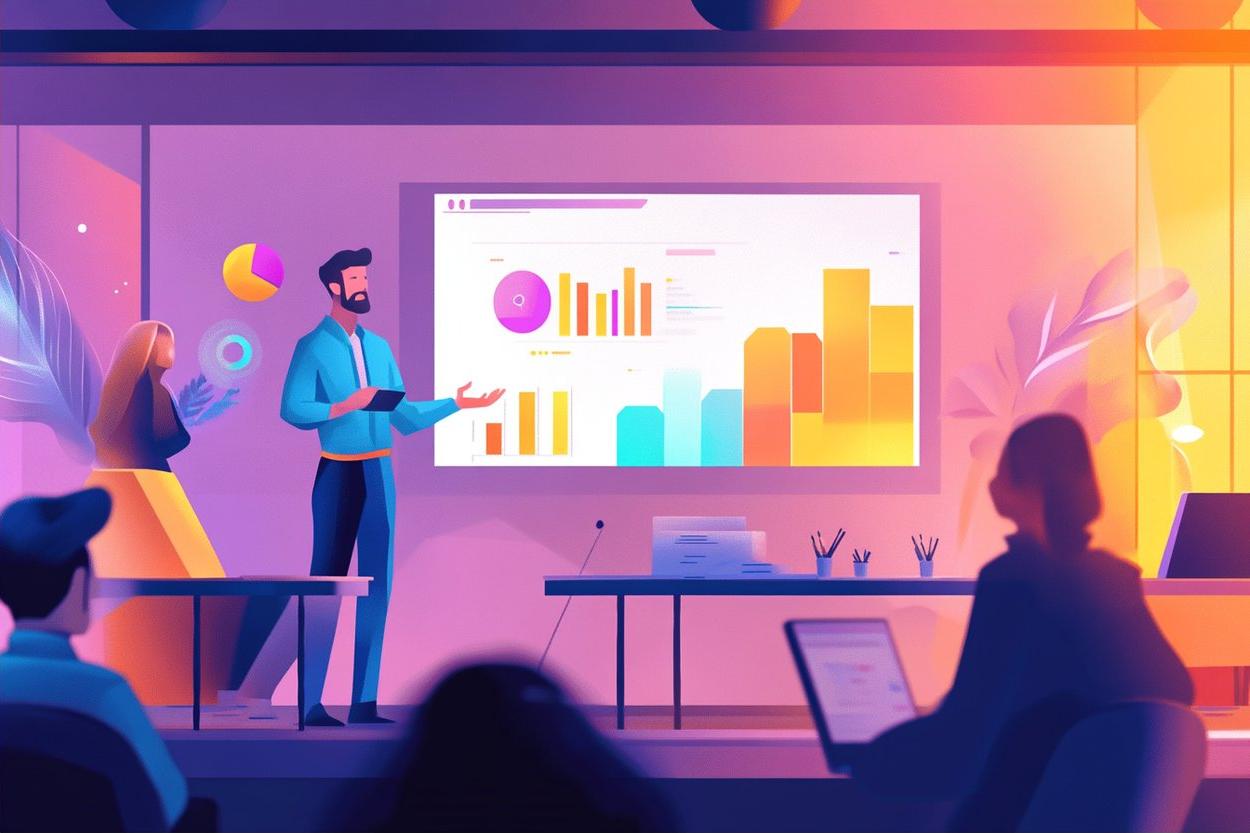Localizing cultural content: practical steps for global reach
Local cultural content can cross borders when creators combine thoughtful localization with sustainable distribution and clear rights management. This article outlines practical steps for creators and teams aiming to expand audience reach via streaming platforms, festivals, and direct promotion while respecting cultural context and legal frameworks.

Local creators often assume cultural specificity limits global appeal, but many audiences seek authentic voices presented accessibly. Effective localization goes beyond translation: it aligns storytelling, metadata, and distribution strategies to new markets. This opening overview frames core considerations—audience research, platform fit, rights and licensing, monetization paths, and partnerships—so teams can plan scalable steps to grow reach without diluting cultural integrity.
How does localization improve streaming reach?
Localization for streaming involves adapting language, subtitles, audio, and contextual cues so content resonates with new viewers. Technical work includes subtitle timing, caption quality, and audio mixing; cultural work includes adapting idioms, references, and visual cues that might be misunderstood or insensitive in other markets. Metadata localization—titles, descriptions, and keyword tags in local languages—helps platform discovery and improves recommendation algorithms.
Streaming platforms vary in regional features and audience behavior, so choose delivery formats and languages based on analytics and pilot testing in target markets.
What can creators do for cultural accuracy and collaboration?
Creators should invite local consultants, translators, and cultural advisors early in the process to avoid misinterpretation and to preserve nuance. Collaboration can mean co-productions with local creators, hiring native-language voice actors, or partnering with regional post-production houses for subtitling and dubbing. Co-creation not only improves authenticity but also opens cross-promotion channels when partners share release responsibilities.
Build collaborative agreements that specify creative control, credits, and revenue sharing to maintain trust and clear expectations.
How does licensing and distribution affect international access?
Clear licensing is essential when distributing across territories. Rights must be defined by territory, language, and platform type (streaming, broadcast, theatrical, festivals). Work with rights managers or legal advisors to map current rights, identify gaps, and secure necessary clearances for music, archival footage, and contributor agreements. Distribution partners or aggregators can simplify multi-platform delivery but verify their territorial reach and contract terms.
A distribution plan that sequences festival exposure, streaming windows, and localized releases can optimize attention and revenue potential.
What monetization and royalties models work internationally?
Monetization paths include ad-supported streaming, subscription revenues, transactional VOD, crowdfunding, and licensing to broadcasters. Royalties must be tracked and paid according to contracts and local regulations; mechanical and performance rights for music require separate management. For creators, hybrid monetization—combining platform revenue with direct fan support—often balances exposure and income stability.
Use clear agreements to define royalty splits for collaborators, and consider centralized royalty accounting tools or third-party collection societies where applicable.
How can crowdfunding and festivals support promotion and distribution?
Crowdfunding campaigns provide not just funds but community-building and early promotion in multiple languages. Offer localized reward tiers and communication to engage backers in target markets. Festivals remain important for discovery: regional festivals can validate content culturally and attract distributors or press in those territories.
Align festival strategy with distribution windows and prepare localized press kits and EPKs to maximize festival-driven opportunities.
How to use analytics and collaboration to refine localization strategy?
Analytics drive iterative improvements: track viewer retention by language edit, subtitle performance, geographic engagement, and referral sources. Use platform analytics and external tools to see where audience drop-off occurs, then prioritize fixes—tighten subtitles, adjust pacing, or rework metadata. Collaboration with local marketing partners helps interpret data through cultural lenses and suggests targeted promotion tactics.
Regularly review analytics alongside collaborator feedback to adjust promotion, licensing approaches, and monetization tactics for each market.
Conclusion
Successful global reach for culturally specific content combines respectful localization, clear licensing, diverse monetization channels, and partnerships that amplify authenticity. By aligning technical localization—subtitles, dubbing, metadata—with legal clarity, festival strategy, crowdfunding support, and data-informed promotion, creators can expand distribution without losing the core cultural voice. Iteration, local collaboration, and disciplined analytics keep strategies responsive as markets evolve.





